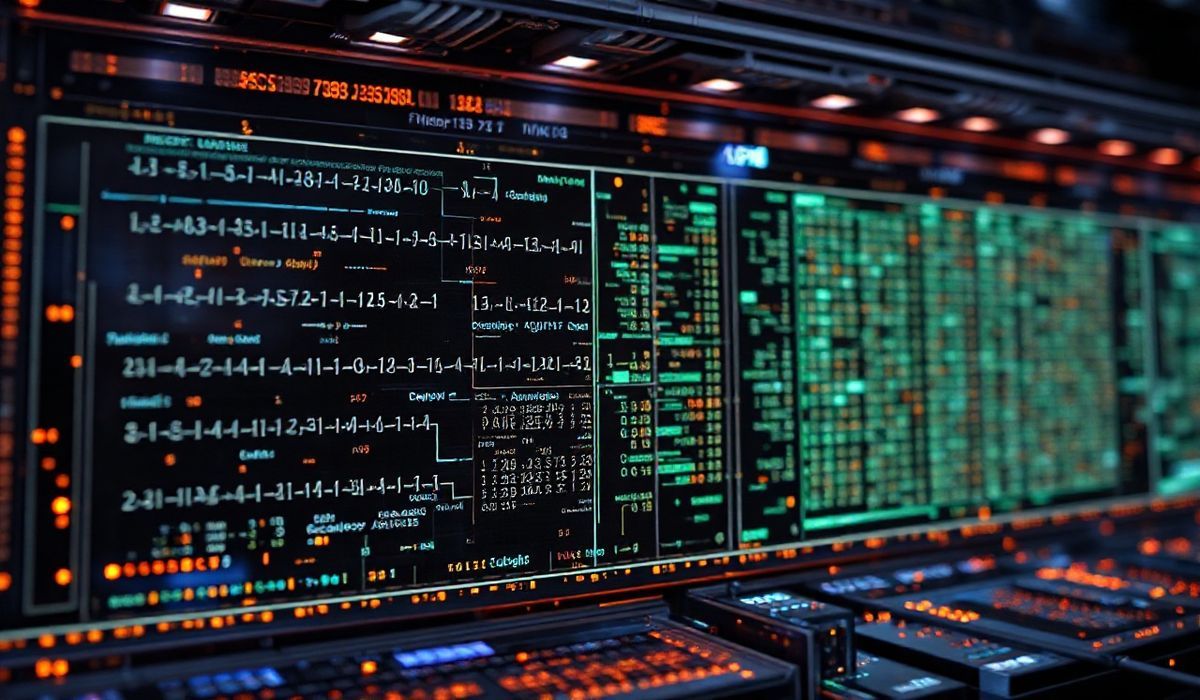Introduction to NVIDIA cuBLAS CU11
The NVIDIA cuBLAS library is a powerful GPU-accelerated software library that provides an implementation of the Basic Linear Algebra Subprograms (BLAS) on NVIDIA GPUs. cuBLAS CU11, part of CUDA Toolkit, offers developers exceptional computational performance for a vast range of linear algebra operations, ranging from vector and matrix arithmetic to solving complex linear equations and performing transformations in scientific computing and machine learning.
Key Features of cuBLAS CU11
- High-performance GPU-accelerated matrix and vector operations.
- Support for double, single, and half-precision floating-point capabilities.
- Integrated with CUDA programming for ease of GPU utilization.
- Optimized for scientific computing, AI, and machine learning workloads.
Getting Started with cuBLAS CU11
To use cuBLAS CU11, ensure you have the CUDA Toolkit installed, and the appropriate version of NVIDIA drivers is available on your system. To integrate cuBLAS in your project, include the header file cublas.lib (Windows) or libcublas.so (Linux).
API Examples
Below, we share some of the most useful cuBLAS APIs with explanation and code snippets:
1. Initialize and Destroy the cuBLAS Handle
Before using any cuBLAS operations, initialize the cuBLAS context handle. Remember to destroy it after use.
#include <cublas_v2.h>
cublasHandle_t handle;
// Initialize cuBLAS library
cublasStatus_t status = cublasCreate(&handle);
if (status != CUBLAS_STATUS_SUCCESS) {
printf("CUBLAS initialization failed!\n");
return EXIT_FAILURE;
}
// Destroy the handle after computations
cublasDestroy(handle);
2. Vector Addition with cuBLAS
The cublasSaxpy function performs the BLAS AXPY operation (y = alpha * x + y) for single-precision vectors:
const int n = 1000; const float alpha = 2.0f; float *x, *y; // Allocate device memory and copy host data cudaMalloc((void **)&x, n * sizeof(float)); cudaMalloc((void **)&y, n * sizeof(float)); cudaMemcpy(x, hostDataX, n * sizeof(float), cudaMemcpyHostToDevice); cudaMemcpy(y, hostDataY, n * sizeof(float), cudaMemcpyHostToDevice); // Perform vector addition using cuBLAS cublasSaxpy(handle, n, &alpha, x, 1, y, 1); cudaMemcpy(hostDataY, y, n * sizeof(float), cudaMemcpyDeviceToHost); cudaFree(x); cudaFree(y);
3. Matrix-Matrix Multiplication
The cublasSgemm function performs matrix-matrix multiplication (C = alpha * A * B + beta * C):
const int m = 1000, n = 1000, k = 1000; const float alpha = 1.0f, beta = 0.0f; float *A, *B, *C; // Allocate device memory and initialize matrices cudaMalloc((void **)&A, m * k * sizeof(float)); cudaMalloc((void **)&B, k * n * sizeof(float)); cudaMalloc((void **)&C, m * n * sizeof(float)); cudaMemcpy(A, hostMatrixA, m * k * sizeof(float), cudaMemcpyHostToDevice); cudaMemcpy(B, hostMatrixB, k * n * sizeof(float), cudaMemcpyHostToDevice); // Perform matrix multiplication cublasSgemm(handle, CUBLAS_OP_N, CUBLAS_OP_N, m, n, k, &alpha, A, m, B, k, &beta, C, m); cudaMemcpy(hostMatrixC, C, m * n * sizeof(float), cudaMemcpyDeviceToHost); cudaFree(A); cudaFree(B); cudaFree(C);
4. Solving Linear Systems with cuBLAS
cuBLAS provides higher-level functions like cublasSgetrf and cublasSgetrs for LU decomposition and solving linear equations respectively:
// Example for solving linear equations will follow similar operations based on the specific use case.
5. Dot Product Computation
Compute the dot product of two vectors using cublasSdot:
float result; cublasSdot(handle, n, x, 1, y, 1, &result);
Application Example Using cuBLAS
Below is an example of a simple matrix multiplication application that uses cuBLAS APIs to accelerate operations on the GPU:
#include <cublas_v2.h>
#include <cuda_runtime.h>
void matrixMultiplicationExample() {
const int m = 512, n = 512, k = 512;
float *A, *B, *C;
float alpha = 1.0f, beta = 0.0f;
// Allocate memory on GPU
cudaMalloc((void **)&A, m * k * sizeof(float));
cudaMalloc((void **)&B, k * n * sizeof(float));
cudaMalloc((void **)&C, m * n * sizeof(float));
// Initialize cuBLAS
cublasHandle_t handle;
cublasCreate(&handle);
// Perform matrix multiplication
cublasSgemm(handle, CUBLAS_OP_N, CUBLAS_OP_N, m, n, k, &alpha, A, m, B, k, &beta, C, m);
// Copy result back to host
float *hostC = (float *)malloc(m * n * sizeof(float));
cudaMemcpy(hostC, C, m * n * sizeof(float), cudaMemcpyDeviceToHost);
// Free memory
free(hostC);
cudaFree(A);
cudaFree(B);
cudaFree(C);
cublasDestroy(handle);
}
Conclusion
cuBLAS CU11 is an essential toolkit for anyone leveraging NVIDIA GPUs for high-performance computing. With its robust implementation of BLAS routines, it empowers developers to design fast and efficient applications in domains like deep learning, data science, physics simulations, and more. The examples provided are just the tip of the iceberg, showcasing what this powerful library can accomplish.
Keywords for Search Optimization
- NVIDIA cuBLAS CU11
- GPU-accelerated BLAS library
- High-performance linear algebra NVIDIA




